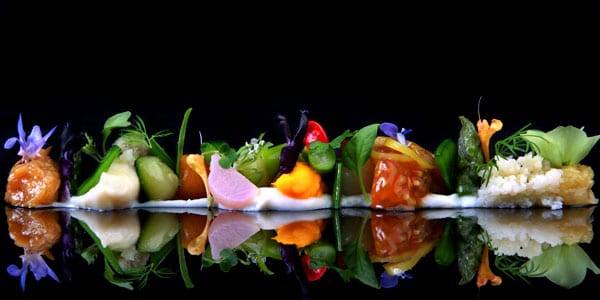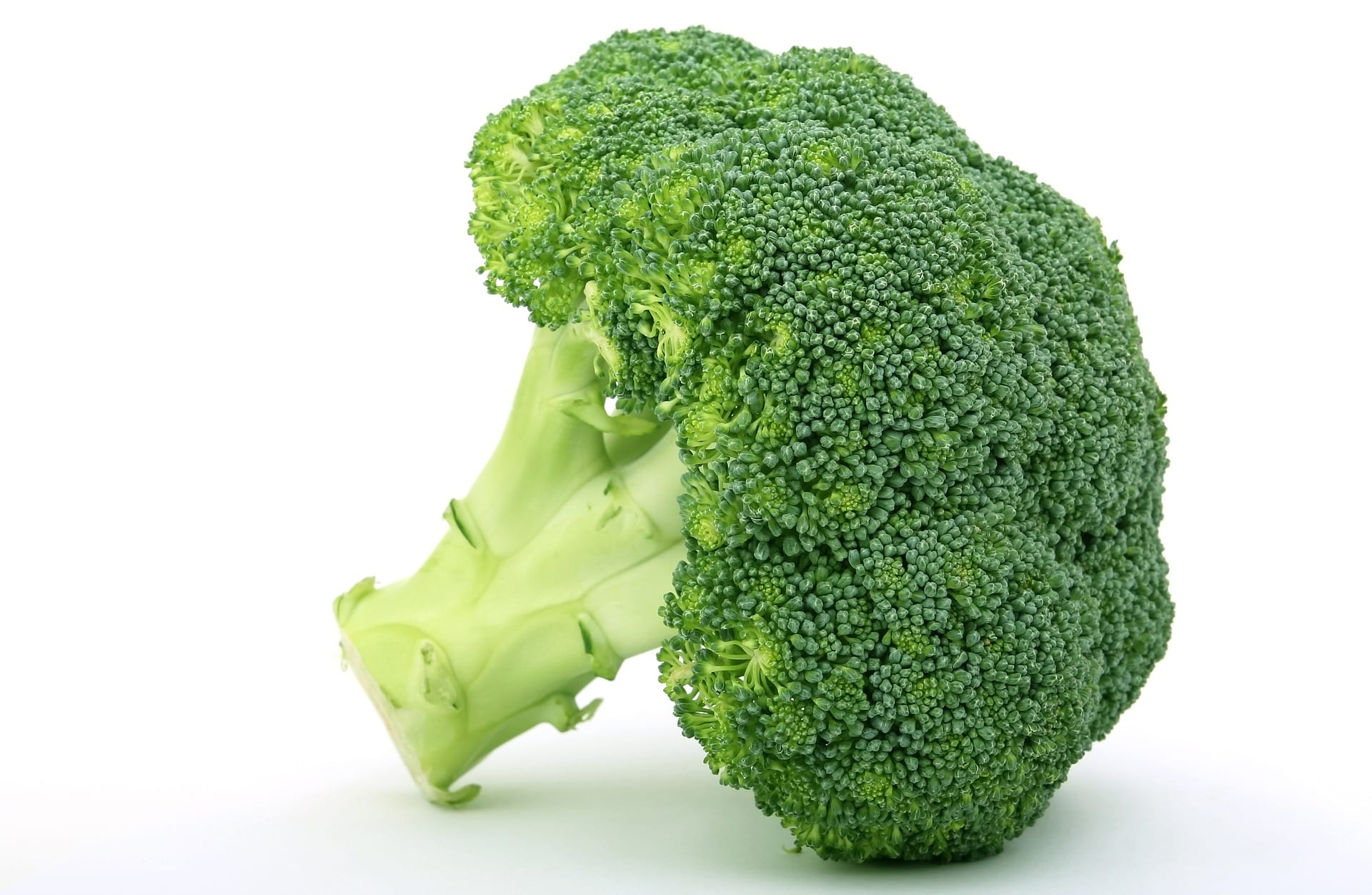
By Rafael Ansón, president of the AIBG
Around the Mediterranean Sea, Mare Nostrum, the Mediterranean diet. A slow and reasonable way of eating, sustainable, rich and diverse. Whoever scrupulously complies with its rules, times and guidelines scares away the danger of being overweight and of cardiovascular accidents. In addition, if its postulates are respected, without giving up the inclusion of products and recipes from other sources, our menus can be extraordinarily enriched.
But, beyond some nutritional guidelines. The Mediterranean diet It is a philosophy of life based on a way of eating, cooking and sharing food. In short, to enjoy our environment and our landscape, to live and relate to the environment, to generate art and culture, history and tradition. All this linked to our emblematic foods and their origin.
And it is also enjoyment. Not just one healthy nutrition it is compatible with a pleasant meal but, I would say, it is absolutely indispensable. Find harmony between the two basic aspects of food. We will only really enjoy eating if we can combine the pleasure and satisfaction with health and quality of life. Deep down, until now, gastronomy and nutrition were separated, they seemed incompatible and even opposed.
Three crops in the Mediterranean diet
They, with their three products corresponding, the pan, wine and oil, constitute the typical “Mediterranean trilogy”. They serve as the key to Mediterranean Diet, the most contemporary and varied in the world.
These three elements unite the peoples of the Mare Nostrum for more than 5.000 years. Typical crops of the Mediterranean coast they are cereals (barley, wheat, rice, oats and rye). Also legumes (chickpeas, beans, lentils, peas, beans, among others). There is no shortage of trees (almond, apricot, olive, carob, etc.), as well as vegetables (onions, tomatoes, melons, and many more). The Mediterranean is home to the highest production (and also world consumption) of olive oil. The oil is not only used in frying but also appears as a dressing and as an ingredient in the preparation of preserves.
Fish, vegetables and spices
Another key component is the seafaring treasures. The coastal proximity (and the contribution of fish farming) means that the consumption of seafood be broad.
All the vegetables are fundamental in Mediterranean gastronomy, along with the rice (protagonist, for example, of paellas and risottos). Legumes, which even appear in salads, are the main protagonists of the stews. Y vegetables as the aubergines are also a symbol of the Mediterranean pantry on its different shores.
Among the extraordinary and enriching variety of fruits of the mediterranean garden, stand out the citrus Like lemons, oranges, grapefruits, tangerines, among others, which provide numerous vitamins and a splendid flavor.
Although fish prevails, the Mediterranean gastronomy meats are also part, especially lamb and pork. The first cooked and the second protagonist of exceptional cold meats, such as Iberian ham or the salami. The veal it is, perhaps, something less, habitual. And the meat of large game is used only tangentially and, nevertheless, to a little more meat of hunting minor: hares, partridges, rabbits. Nor is the presence of poultry missing.
In Mediterranean cuisine, especially Italian and Moroccan, the multitude of varieties of spices and condiments. For example, rosemary, thyme, oregano, basil, pepper and peppermint stand out.
Another essential element is the flour. This has numerous applications, such as confectionery for the preparation of cakes or fruit tarts, among others. The wonderful world of fresh Italian pasta, with noodles, ravioli and many other varieties of this ingredient.
And, from the arrival of Europeans to America, the corpus of the Mediterranean Diet was enriched. Especially with the contribution of products and recipes from America. What would our gastronomic culture be without potatoes and beans, without corn and cocoa? Just as rice or citrus fruits, chicken or olive oil arrived in America, in an extraordinary round trip.






